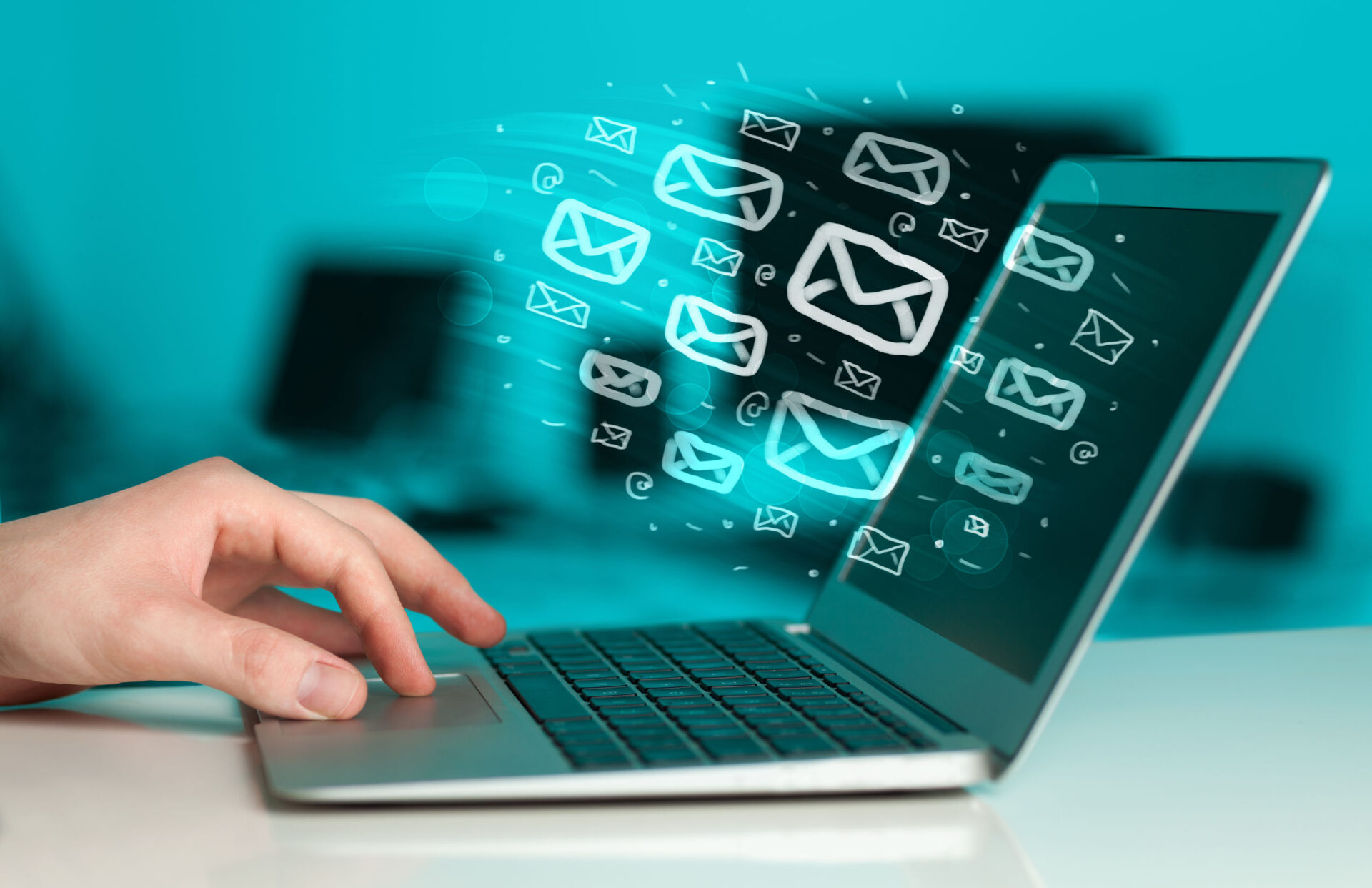In 15 years of being a graphic designer, I have worked on a wide range of email campaigns. Designing the email template has proven to be just as important as the content included within it. An effective design attracts the attention of your audience and tells them exactly where to look. So how do you know where to start with your design? A wise professor once told me, “less is more”. While that could be applied in a variety of situations, these vital words should be the basis of your email template strategy. The 3 key areas that you should always keep an emphasis on when designing your email template are: Length, Layout, and Goal.
Length
The length of the email is essential to the development process. Remember that the average viewer will only notice 2-3 regions that actually grab their attention. I would recommend no more than 4-5 actual sections of the email, including the hero (featured image) and footer info.
Layout
Your second key emphasis is the email’s layout plan, which raises the question: What should an email template look like? Start with an enticing hero image, and include a simple one-line slogan or message. An ‘easy read email’ is exactly that – easy to read, and easy to remember. Follow up by placing a few sentences of text below your image, remembering to match and expand upon the image and content correlation. Always incorporate a link to more information about the topic; this is an instant intrigue, and the call-to-action will help click rates.
For your layout regions, figure out two more articles/blogs/events that you want to talk about, and place them side by side. Create buttons for each content section to expand upon the content provided. Keep in mind: more buttons allow for more click-throughs, and potential lead capture. Wrap up your layout by including a fun section in the next region – a featured event, a fun fact, or a pull quote.
The last section of an email template is the footer. Keep this clean, with a focus on contact info, social icons, and disclaimer content. Remember to stay true to your brand guidelines. If you find yourself getting away from your brand colors, type treatments, and overall style, it is likely the email recipient will have trouble connecting the dots to the sender. Always remember, the option to unsubscribe or update subscription preferences must always be included in this section.
Goal
The final key for an effective email template is to maintain a goal. Ask yourself, are you trying to accomplish something here? This will help you in truly determining the content and the need for proper call-to-actions. Emails need a strong message in order to be successful, but their design is just as essential. The message is only as good as the way the design displays it.

